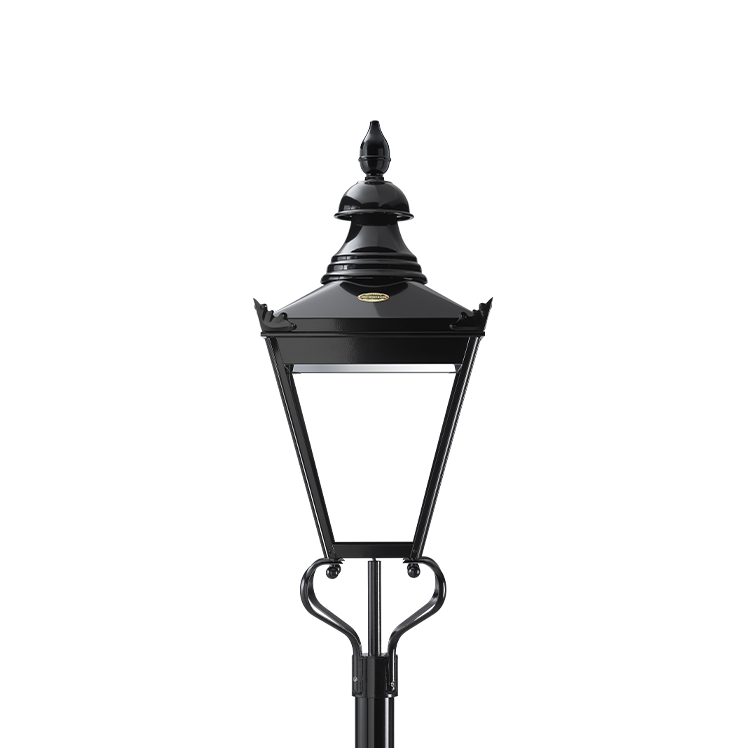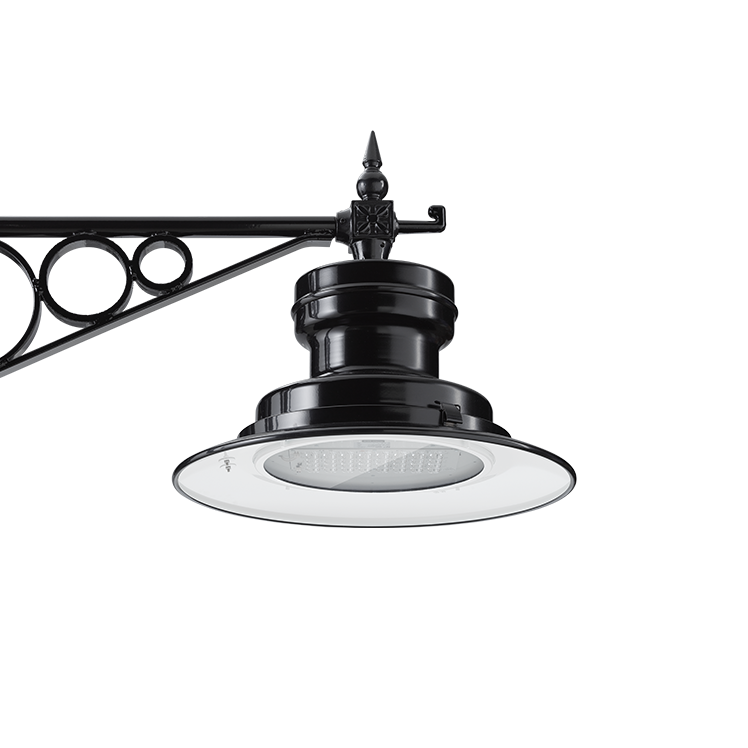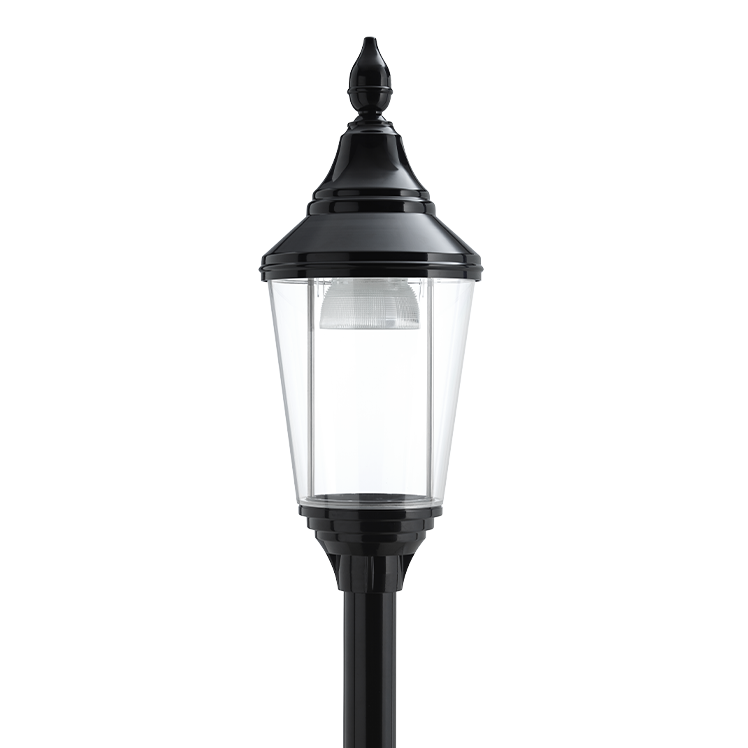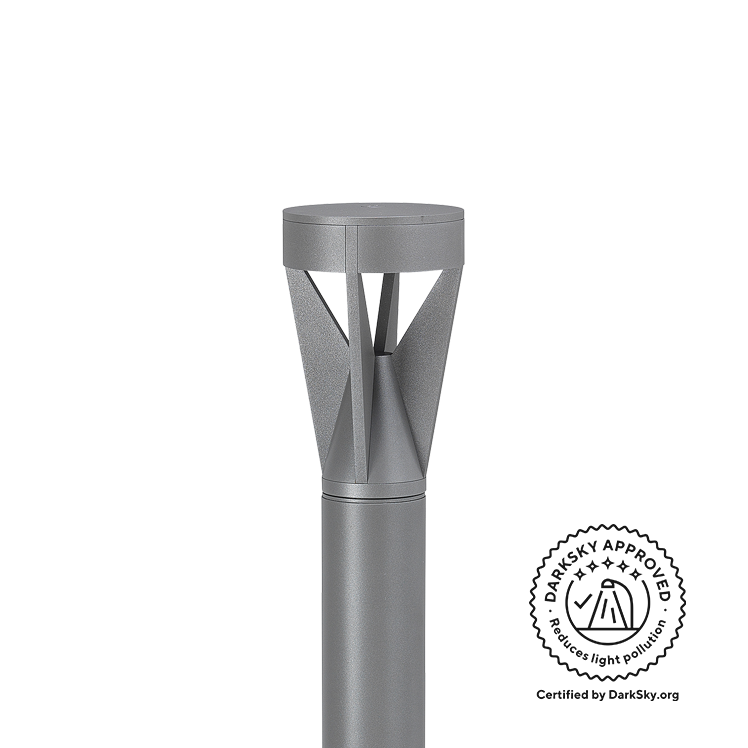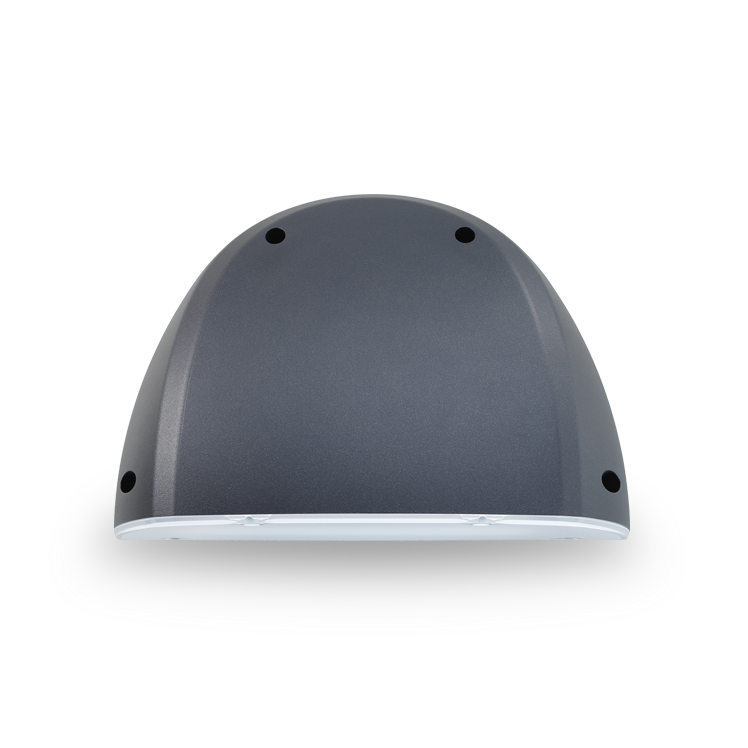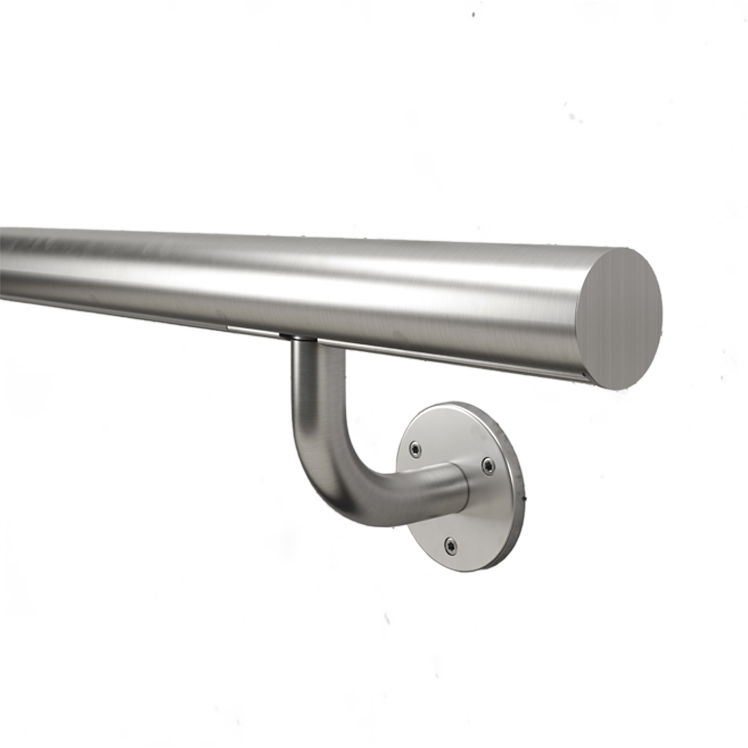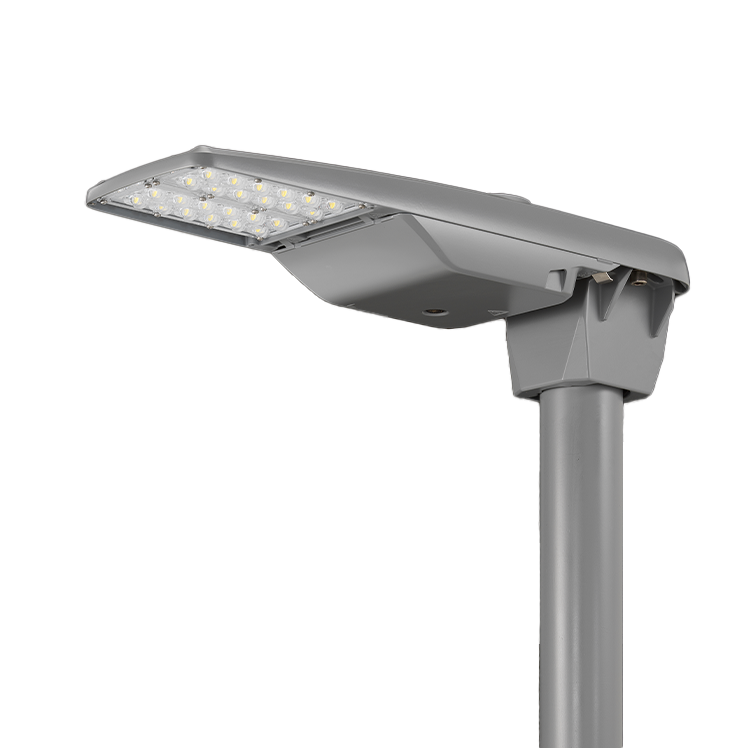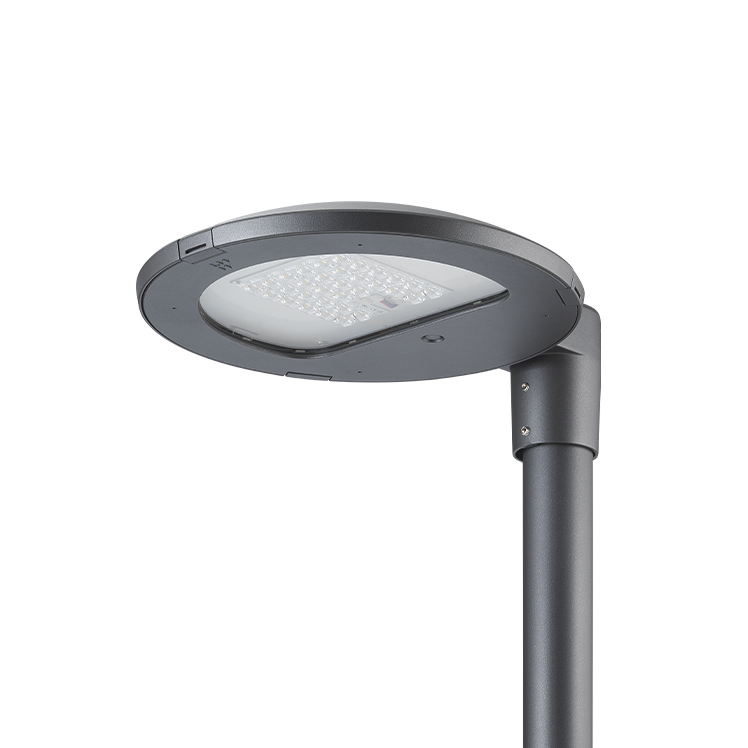Dark Sky Lighting
Solutions designed to eliminate light pollution and help preserve our night sky
At DW Windsor, we’re committed to supporting responsible outdoor lighting practices by delivering the right light, in the right place, at the right time. Our mission is to provide specifiers with the tools and guidance needed to eliminate light pollution and help protect biodiversity. To support this, we offer a range of DarkSky® Approved luminaires designed to enhance the beauty of outdoor spaces while helping to protect the night-time environment.
Download brochure
Enquire now
DarkSky® Approved luminaires
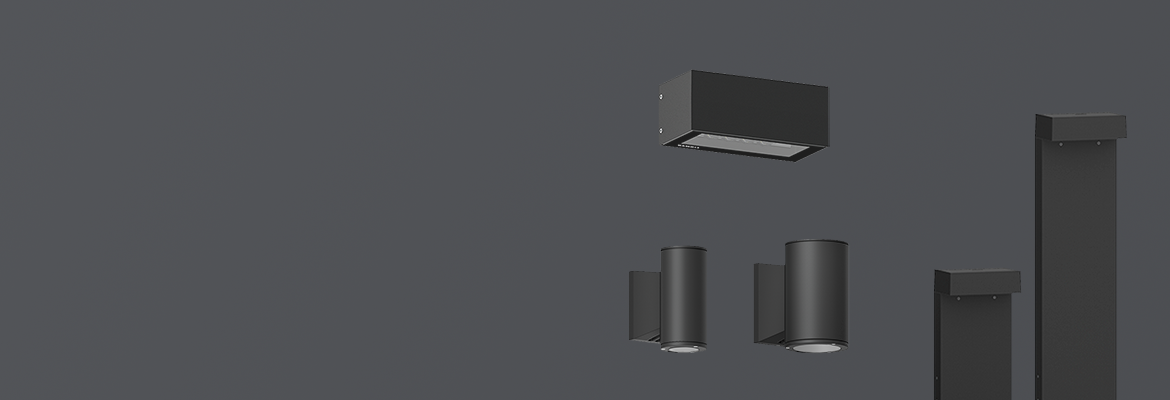
In addition to our products, we can supply a wide range of DarkSky Approved luminaires in the UK through our partnership with Ligman. Click below to view its full range of approved products.
About DarkSky®
DarkSky is a globally recognised authority on reducing light pollution, offering third-party certification through its DarkSky Approved program for lighting products that don't pollute the night sky
Key criteria for DarkSky® approval
![]()
Upward Light
Luminaires must have an upward light output ratio (ULOR) of less than 0.5% or 50 lumens.
![]()
Colour Temperature
Luminaires must have a maximum correlated colour temperature (CCT) of 3000K.
![]()
Dimming
Luminaires must have the ability to dim down to 10% of their maximum light output.
What is light pollution?
Light pollution is excessive, misdirected, or obtrusive artificial light that brightens the night sky. It disrupts ecosystems, harms human health, and obscures astronomical observations.
Light pollution is caused by the overuse or improper design of outdoor lighting products, such as streetlights, billboards, and architectural lighting. The emitted light scatters in the atmosphere interfering with our ability to see stars as well as disturbing the natural behaviours of wildlife and impacting circadian rhythms in humans.
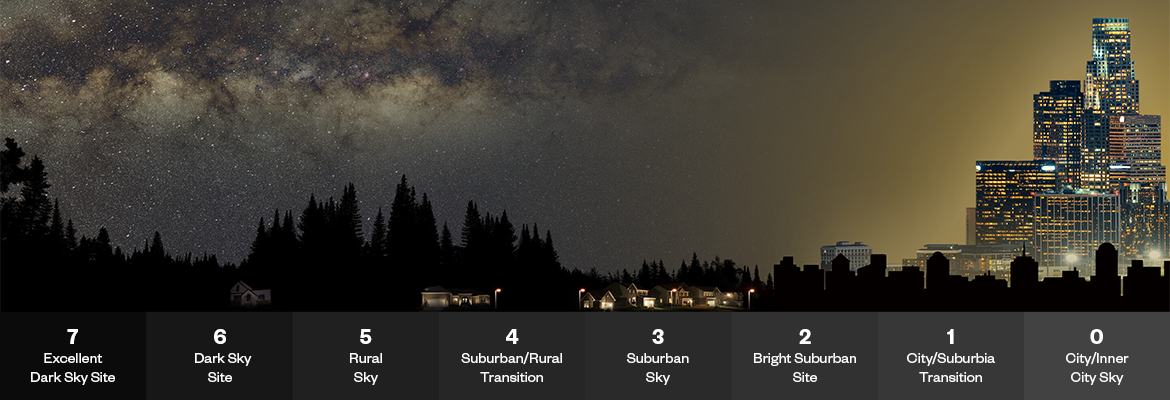
How light pollution can impact our ability to see stars and other objects in the night sky. © NOIRLab
Types of light pollution
![]()
Skyglow
The brightening of the night sky over populated areas due to the scattering of artificial light by atmospheric particles and gases.
![]()
Glare
Excessive brightness or harsh contrast produced by direct or reflected artificial light that impairs vision and causes discomfort.
![]()
Light trespass
Unwanted artificial light that spills over from one area to another, disrupting darkness and causing visual discomfort or disturbance.

Clutter
The presence of numerous and visually confusing bright lights in the night environment contributing to a loss of natural darkness.
How to prevent light pollution
The best way to eliminate light pollution is by adopting responsible lighting practices. For outdoor lighting there are several simple steps which can be taken to reduce its impact on the night-time environment without impacting on safety.
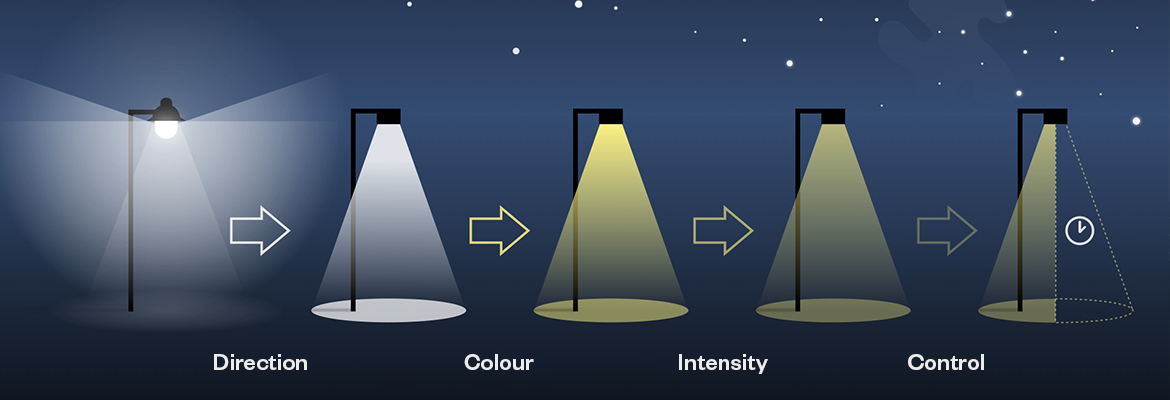
The four principles of good outdoor lighting. Adapted from ©Rémi Boucher
Four steps to eliminate light pollution
![]()
Direction
Lighting should be aimed downwards and fully shielded to minimise light trespass and prevent it from dispersing into the night sky.
![]()
Colour
Warmer colour temperatures minimise the emission of short-wavelength blue light that tends to scatter more in the atmosphere.
![]()
Intensity
Light levels should be appropriate for the lighting environment and no brighter than is necessary to avoid disrupting circadian rhythms.
![]()
Control
Dimmers, motion sensors, and timers can all be used to control when and how light is used, helping to manage illumination levels and save energy.
Featured Dark Sky projects
A selection of schemes that have been illuminated using DarkSky Approved luminaires
Here to help
Looking to specify DarkSky Approved lighting but need some help? Our specialist exterior lighting team is here to help.
Contact a DarkSky specialist
Get in touch
Request a lighting design
Get in touch

